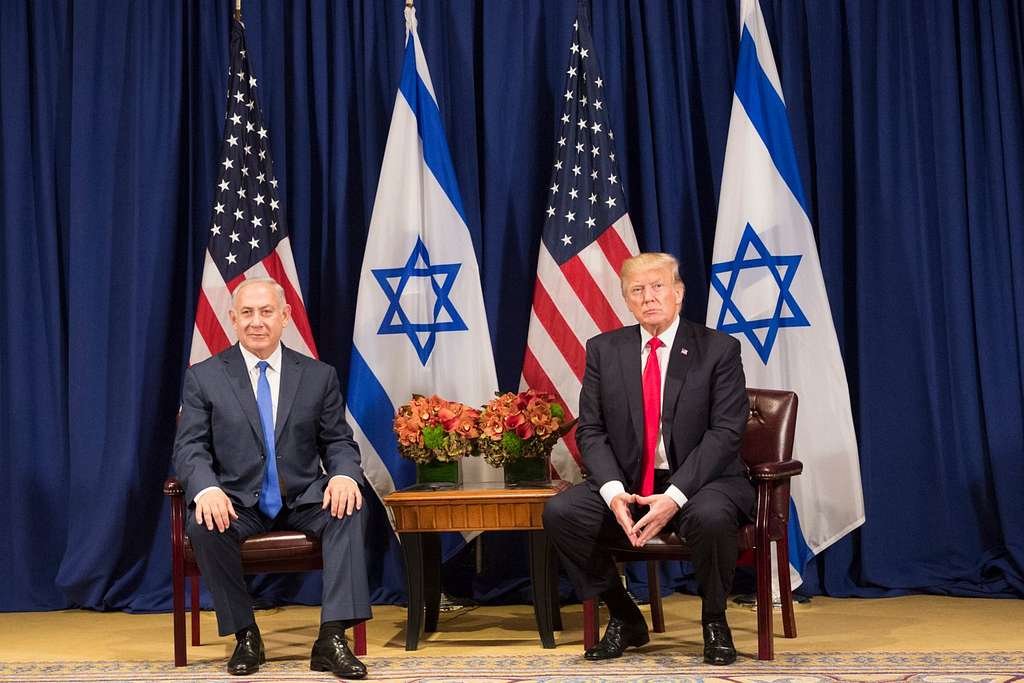In a recent discussion, Secretary Rubio and another key official addressed President Donald Trump’s ambitious vision for the future of Gaza. The conversation centered on a strategic approach aimed at breaking away from past policies and implementing a new framework that ensures long-term stability and development in the region.
A Shared Strategy for Gaza’s Future
During the discussion, Secretary Rubio emphasized the alignment of strategies between the officials, highlighting a common goal for the future of Gaza. While specific details of the strategy remain undisclosed to the public, officials expressed confidence in its effectiveness. The secrecy surrounding certain aspects of the plan suggests a careful and deliberate approach to navigating the complex geopolitical landscape of the region.
Trump’s Tariff War: More Harm Than Good for the U.S. Economy
Hostage Situation and a Strong Response
A particularly striking element of the discussion was the warning regarding hostages still held in the region. Officials made it clear that if all hostages are not released, there will be severe consequences, referring to a moment when the “Gates of Hell will be opened.” This statement underscores the administration’s firm stance on ensuring the safe return of captives and signals a potentially strong military or diplomatic response if their demands are not met.
Breaking Away from the Past
President Trump’s vision for Gaza was described as a departure from the “same tired ideas of the past.” Instead of cyclical conflicts that lead back to the same unstable conditions, the administration is advocating for a fresh, bold, and innovative strategy. According to officials, this approach required “courage and vision” to outline, and although it may have surprised or shocked many, it represents a necessary shift in policy to achieve long-term progress.
Will Europe Declare an Emergency Over the Trump-Putin Meeting?
A Turning Point for Gaza?
The remarks from Secretary Rubio and other officials suggest that significant changes could be on the horizon for Gaza. While the specifics remain unclear, the administration appears committed to enforcing a new direction—one that moves away from past inefficiencies and toward a decisive and transformative outcome.
As the situation develops, all eyes will be on how these strategies unfold and whether they can achieve the lasting change that the administration envisions for the region.
